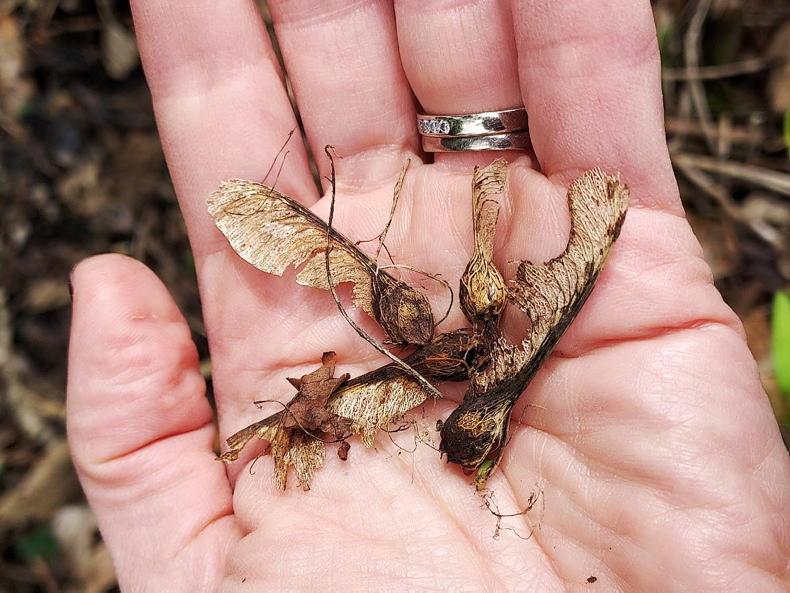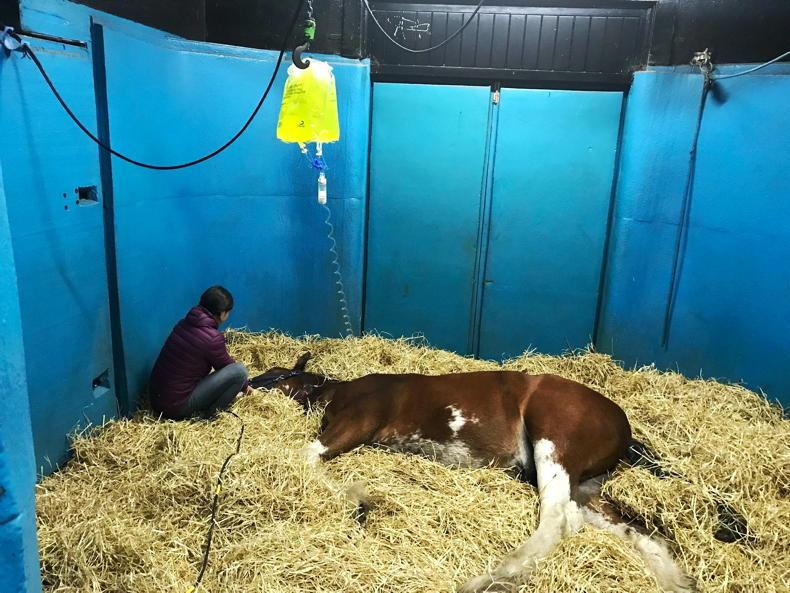ATYPICAL Myopathy or Sycamore poisoning is a seasonal condition of the grazing horse. The disease occurs in horses that consume sufficient quantities of the natural toxin hypoglycin A (HGA). In Ireland, seeds and seedlings from Sycamore trees (Acer pseudoplatanus) are the primary source of HGA toxin. It is therefore no surprise that disease incidence peaks in autumn and spring, related to ingestion of seeds and seedlings. Relatively more cases occur in autumn and are attributed to ingestion of samaras. Samaras are winged fruits or ‘helicopters’, containing seeds. During years when there are a high number of cases in autumn, cases tend to be seen the following spring.
Toxin concentrations in seeds and seedlings in spring
HGA concentrations in Sycamore seeds and seedlings can vary greatly, even between trees from the same location. Toxin levels in seeds increase throughout early spring, peaking in April when seeds begin to germinate. Levels are particularly high in newly emerged seedlings and gradually fall throughout the remainder of the spring.
Year-to year variation
As well as a seasonal component, the number of cases reported varies each year and relevant factors include the following:
Weather conditions
A warm summer the year prior to flowering is associated with “bumper cropping” in Sycamores. Stormy weather in autumn is an obvious contributor to samara dispersal. Rainfall is another risk factor. This makes sense as the HGA toxin is water soluble and has been detected at significant levels in water collected from wet seedlings.
Grass availability
The availability of fresh grass in the spring is a potential explanation for the finding that relatively more clinical cases occur in autumn, when seeds are on the pasture, compared with spring when seedlings are plentiful. It is believed greater intake of seedlings is more likely to occur on over-grazed pasture where seedlings protrude above the level of the grass. The same may be true when weather conditions favour slow grass growth in early spring despite the rapid appearance of seedlings.
Individual horse response
Some horses appear to be more sensitive to the toxin than others and not all horses in a grazing group will succumb to the disease. While animals of any age can be affected, younger horses are thought to be pre-disposed.
Other sources of HGA toxin
Some horses may be exposed to lower levels of toxin over a relatively long period e.g., via hay or haylage made from pasture containing Sycamore seeds or seedlings. Water sources are another potential contamination source.
Effect on the horse
Ultimately HGA toxicity prevents the horse from generating energy efficiently. Muscles most affected include the heart, and those used for breathing and standing/posture. Signs include the following:
Affected animals can suffer a great deal of pain. Death rates are high, up to 75%. There is no specific anti-dote and treatment consists of intensive supportive care. As such, prevention is key.
Prevention


 This is a subscriber-only article
This is a subscriber-only article
 It looks like you're browsing in private mode
It looks like you're browsing in private mode












SHARING OPTIONS: